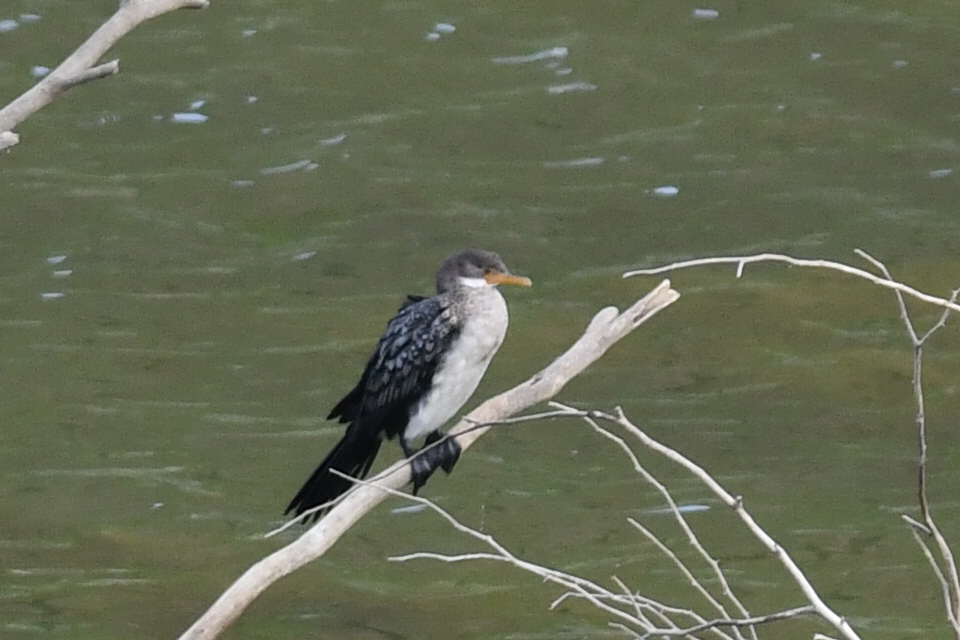Afrikaanse Dwergaalscholver
Microcarbo africanus · Reed Cormorant
| Datum | 30 April 2018 |
|---|---|
| Locatie | Santiago, Kaapverdie |
| Fotograaf |
|
| Bekeken | 4934 × |
Zeldzame WP-er. |
Discussie
Laurens Steijn
·
14 May 2018 07:53
Gaat om Long-tailed Cormorant, stond niet in de lijst
George Sangster
·
3 July 2023 12:38
Kennedy, M, Salis, AT, Seneviratne, SS, Rathnayake, D, Nupen, LJ, Ryan, PG, Volponi, S, Lubbe, P, Rawlence, NJ & Spencer, HG 2023. Phylogeny of the microcormorants, with the description of a new genus. Zoological Journal of the Linnean Society, zlad041.
The aptly named microcormorants (currently placed in the genus Microcarbo) form a morphologically diminutive and distinct clade sister to all other living cormorants and shags. However, the relationships within Microcarbo are largely speculative. Sequence data resolve these relationships unambiguously, with our phylogeny suggesting that the microcormorants separated from the other cormorants ~16 Mya and showing that the two African species [the reed (or long-tailed) cormorant, Microcarbo africanus, and the crowned cormorant, Microcarbo coronatus] are closely related sister taxa, forming a clade that diverged from the other microcormorants ~12 Mya. The deep split between the African microcormorants and the others is considerably older than many well-recognized generic splits within the cormorants (e.g. Leucocarbo and Phalacrocorax). Thus, we suggest that the African microcormorants warrant their own genus, and we erect Afrocarbo, with type species Pelecanus africanus. Within the reduced Microcarbo, we estimate that the little pied cormorant (Microcarbo melanoleucos of Australasia) separated from the sister pair of the Javanese and pygmy cormorants (respectively, Microcarbo niger from south/southeast Asia and Microcarbo pygmaeus from Europe) ~9 Mya and that the latter two species split ~2 Mya. Given the age of these splits, the microcormorants appear to represent another example of morphological conservatism in the Suliformes.
Gebruikers van het forum gaan akkoord met de forumregels.

